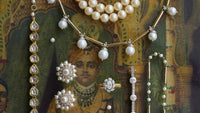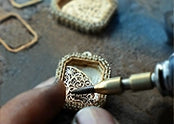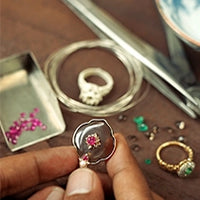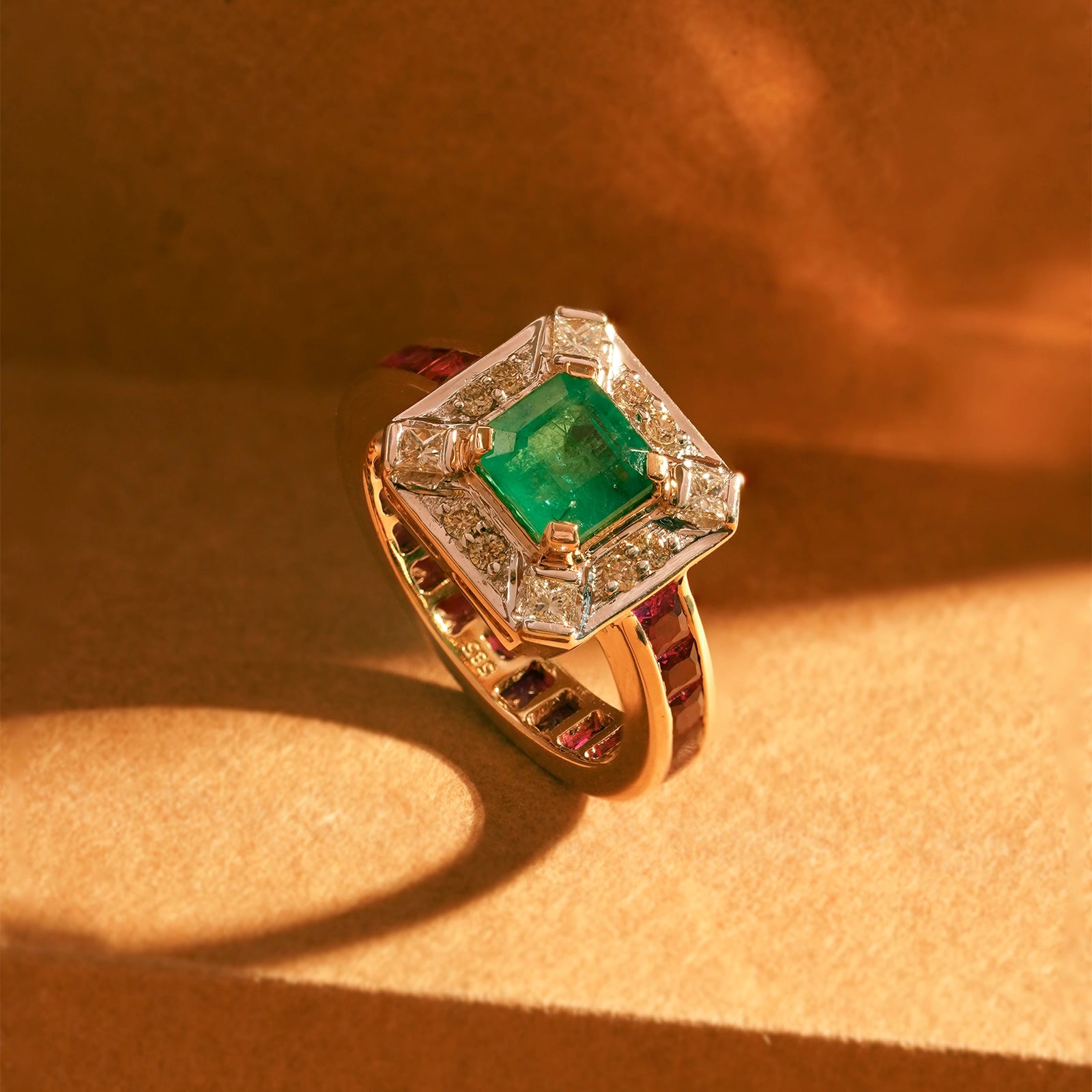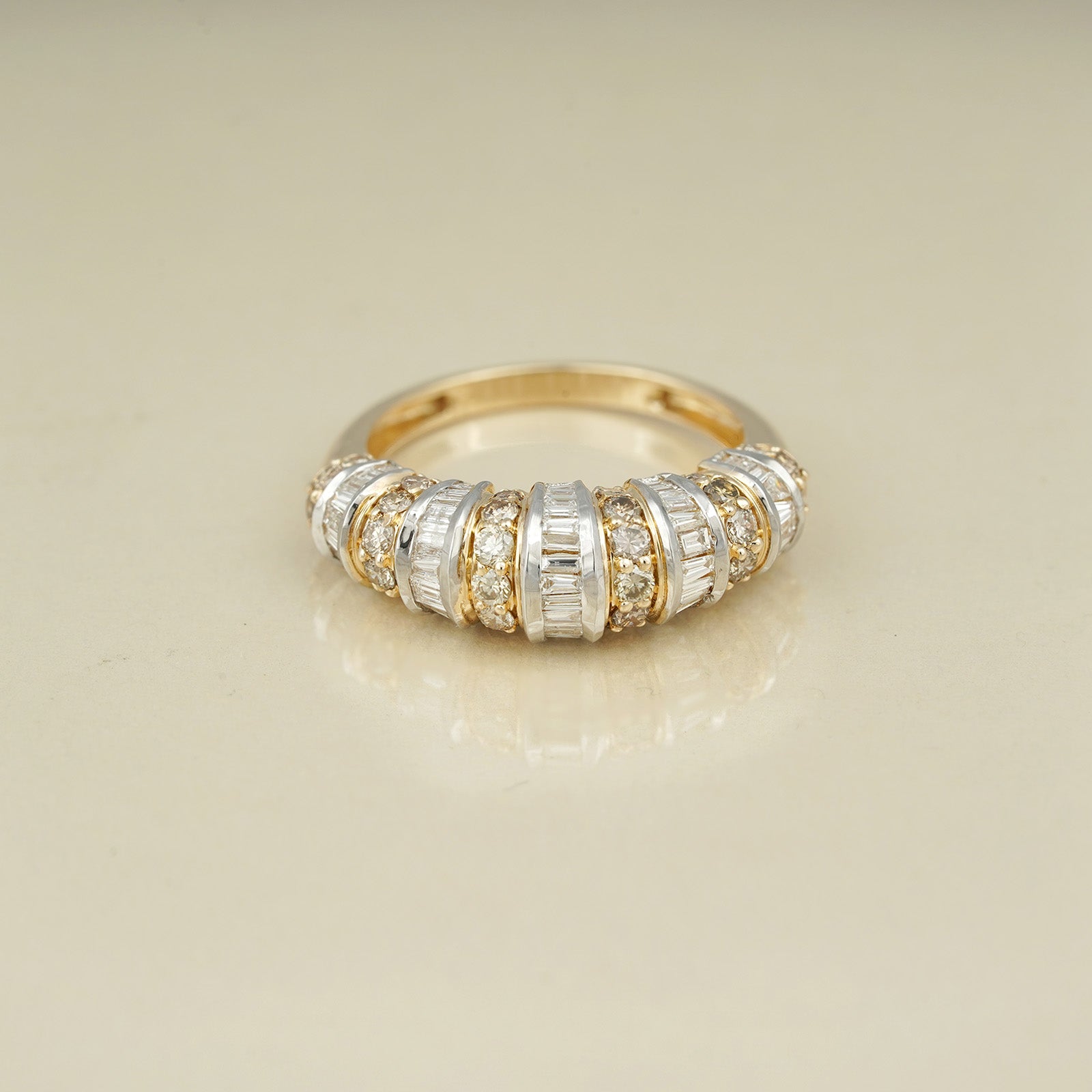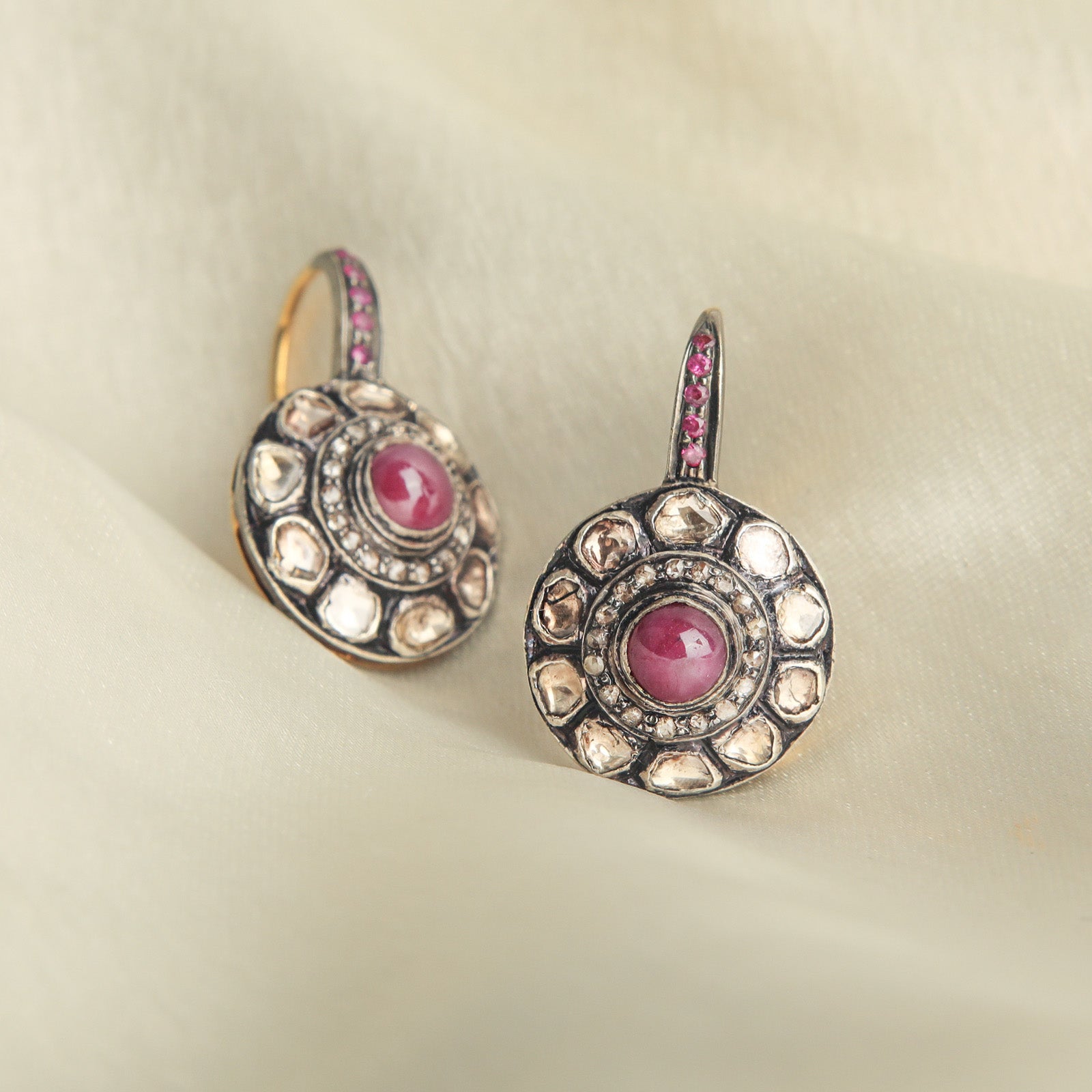What is common between Cleopatra, Elizabeth II, and Julius Caesar? They were all admirers of pearls. Lustrous orbs that have mesmerized humankind since antiquity. They have emblematized wealth and status, so much so that Roman Emperor Vitellius (15-54 AD) is said to have paid for an entire military campaign by selling one of his mother’s pearl earrings!
And not just for the Romans—pearl jewelry has been the go-to of the who’s who of the world, be it the erstwhile queen of England or the wife of a former president of the United States. Even for the layperson today, they are a symbol of sublime elegance.
But before you follow in the footsteps of any of these pearl inspirations, you too need to become a connoisseur, or at least have a decent idea of how to select your next pearl necklace or next pair of pearl earrings. And we’re here to help you with it! Let’s take a look at the different types of pearls and how to choose the right one for your pearl jewelry.
What’s in the Name? Types of Pearls Found in Jewelry
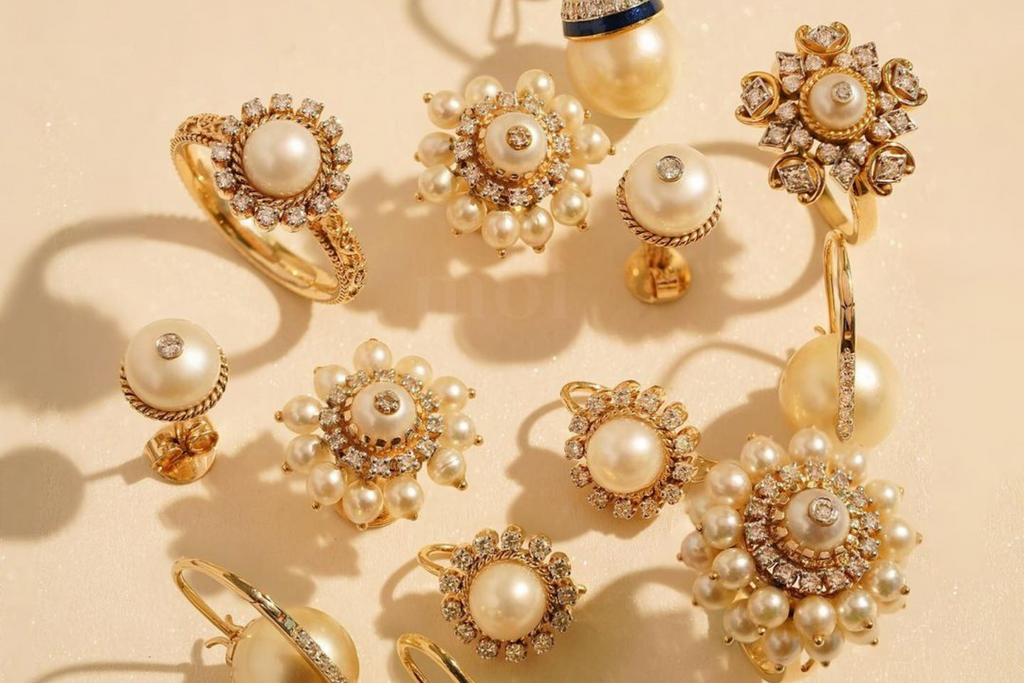
Pearls can broadly be classified into two types:
- Natural Pearls
- Cultured Pearls
Natural pearls, as the name suggests, are formed naturally inside a mollusk. When something, like a grain, enters inside the mollusk’s clam, it starts depositing nacre over it, which eventually becomes a pearl. Natural pearls are extremely rare and highly valuable.
Cultured pearls also form in a way similar to natural pearls, but with active human intervention. Instead of hoping for a grain to land inside a mollusk by luck, humans place a small object, such as a bead or a piece of tissue inside the mollusk. The rest of the process is the same.
The fun part about cultured pearls is that they come in different varieties, which we'll talk about now.
Akoya Pearls
Perfectly round in shape and white with a dazzling, mirror-like brilliance, the Akoya pearls are the classic white pearls, also famously known as the “Mikimoto Pearls.” The Akoya pearls are grown in the Pinctada Fucata Martensii saltwater oyster, which is native to the cooler waters of the Pacific Ocean encircling Japan and bordering southern China and Vietnam.
South Sea Pearls
South Sea pearls are the largest and most coveted cultured saltwater pearls. Also called the “Queen of Pearls,” they come in a gorgeous palette of white and golden. They are farmed in the extremely sensitive Pinctada maxima saltwater oyster, resulting in unusually large and silky pearls.
Cultured South Sea pearls have the thickest nacre layers of any saltwater cultured pearl kind. These unusually thick nacre layers are responsible for the South Sea pearl's distinct "satiny" luster, which gives it a delicate glow (in contrast to the "hard shine" of Japanese Akoya).
The silver-lipped P. maxima oyster produces the White South Sea pearl and is mostly cultivated along Australia's northern coast. The gold-lipped P. maxima oyster produces golden South Sea pearls and is mostly farmed in the Philippine Islands.
Tahitian Pearls

Emily Tahitian Pearl Earrings by Moi
Tahitian pearls are the eclectic, exotic counterpart of South Sea pearls. The major colors range from a light Dove Gray to a very dark Charcoal Gray (and occasionally an almost true, jet-black color), with iridescent overtones.
The black-lipped Pinctada Margaritifera oyster produces the Tahitian pearls and is farmed on small pearl farm collectives throughout the French Polynesian Islands.
Freshwater Pearls
Freshwater pearls are slightly smaller than their saltwater counterparts and come in a range of natural colors ranging from gentle shades of white and cream to light pink. Freshwater pearl jewelry is less expensive as compared to jewelry made of saltwater pearls. They are farmed in natural and man-made freshwater lakes and ponds in China.
Mirror Mirror on the Wall, How to Choose the Best Pearl?
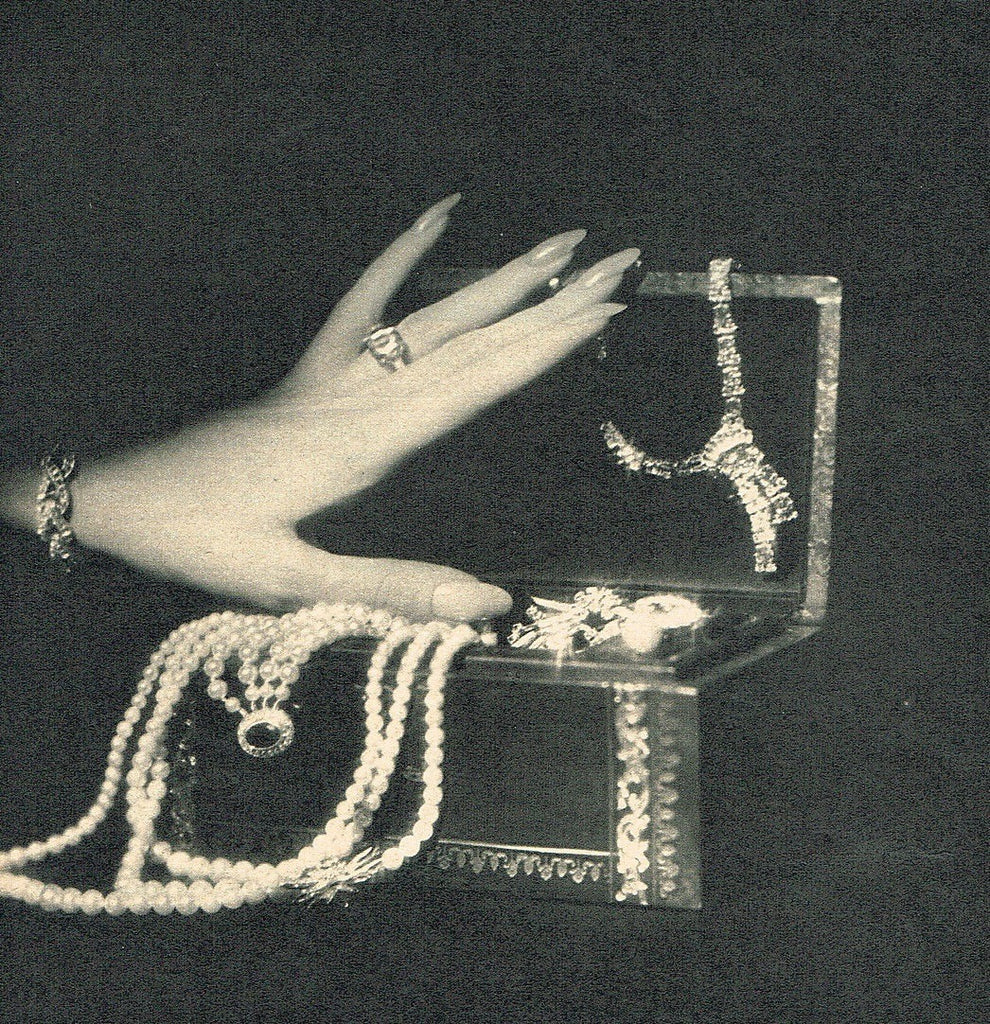
Image source: Pinterest
We now know how many types of pearls there are but still don’t know which one would suit us the best or the type of jewelry we’re going for. And ironically, despite being arguably the most popular type of jewelry, pearl jewelry is the least understood.
While the rest of the world still struggles to wrap their heads around pearls, here are some factors that you can consider to make an informed choice when buying your next pair of pretty pearl earrings.
Size
Your personal preferences and the kind of look you want to create largely determine the size of the pearl you choose for your earrings. Pearls come in a variety of sizes, from 6mm to 20mm, and each makes a different statement. The size of the pearl you choose for your earrings is mostly determined by your personal preferences and the kind of look you want to create. Pearls come in various sizes, from 6mm to 20mm, and each conveys a distinct message.
Small pearls, measuring 6 to 7 mm, have a more delicate feel and are an ideal complement for women who love subtle, delicate earrings. Pearls measuring 7 to 8 mm are regarded as iconic and are the most preferred choice for pearl stud earrings. Pearls 8-9mm and larger are harder to locate, making them a statement of achievement and sophistication.
Shape
A perfectly round pearl is extremely breathtaking. But it is quite unusual. Most pearls come in an array of shapes, and all are fascinating, trendy, and enjoyable to wear in their own right. Round pearls are the most traditional and flexible, although baroque pearls are distinctive and can bring a modern or edgy edge to your jewelry. You can also go for anything in between such as oval, drop-shaped, button, or circular based on your preferences and needs.
Color
Pearls, as you now know, come in an entire spectrum of colors—from the classic white Akoya, to the jet-black Tahitian with its peacock-like iridescence. Colors are generally a matter of personal preference, and they have no bearing on the quality of the pearl. However, pearls with natural colors are often more precious than those that have been dyed.
Nacre
Nacre is a natural material created by mollusks to form pearls. The quality of nacre directly affects the value of a pearl, particularly saltwater pearls. The thickness of the nacre determines how beautiful and durable the pearl is. The GIA defines three categories. They are Acceptable, Nucleus VIsible, and Chalky Appearance. Pearls with thin nacre typically have a low luster and may appear chalky.
Luster
Luster is perhaps the most important value factor in determining the quality of a pearl. It refers to the light reflected from the pearl's surface and beneath the nacre layers. The higher the shine, the more valuable the pearl is.
Budget
This one’s perhaps the most practically important factor when selecting pearls for your pearl earrings. How much you spend will impact your options, influencing which sort of pearl you should consider, the size, and design of the necklace, among other factors. So, setting a budget should probably be your first step.
Once you’ve done that, you may want to have an idea of the relative prices of the different types of pearls. Natural pearls, because they form naturally in the wild, are significantly rare and, as a result, much more expensive than produced ones. Cultured pearls on the other hand are available in a range of price points. Freshwater pearls are relatively cheaper as compared to their saltwater counterparts. Among the saltwater varieties, South Sea pearls fall on the higher end, and then Akoya and Tahitian.

